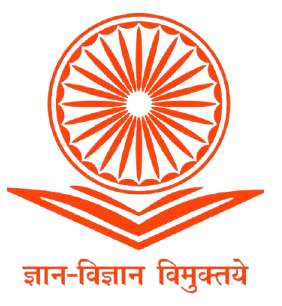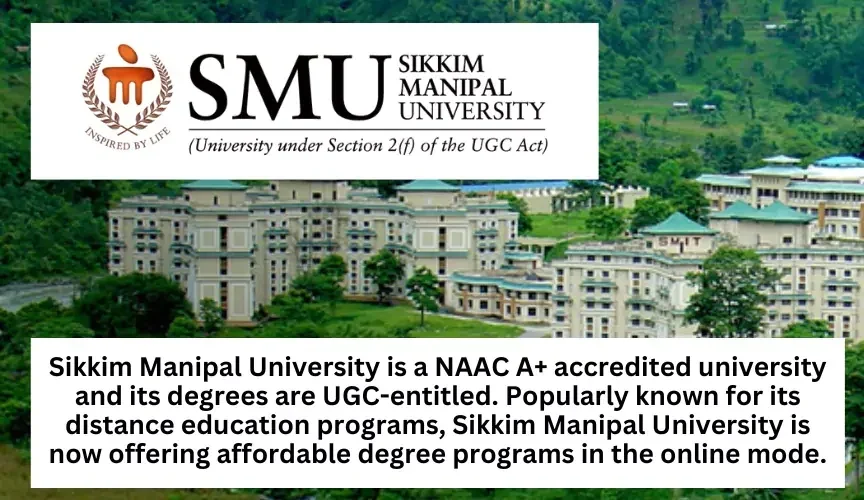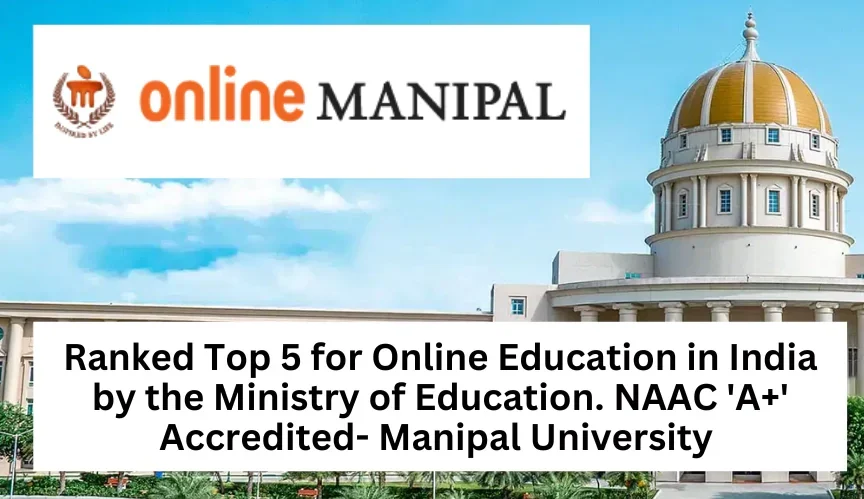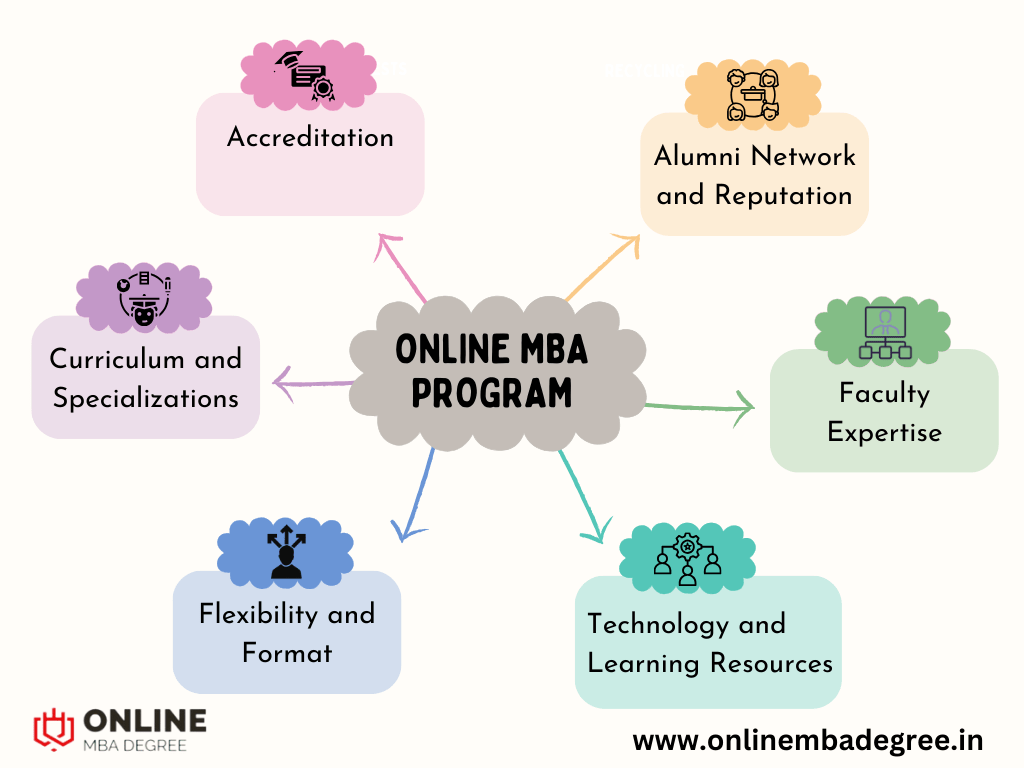UGC Announces Admissions in Two Academic Session 1st Batch(July/August) . 2nd Batch (January/February)
Get an Online MBA Degree by NAAC A++ Accredited Universities
Globally Recognised Universities
As per Govt. Online MBA Degree are Now Equivalent to Regular Degrees
Hurry Up! Admission Closing Soon. Only Few Seats Left. Enroll Now!
ODL & Online MBA Programs are Equivalent to Regular (Campus) Programs - To know more
UGC Announces Admissions in Two Academic Session 1st Batch(July/August) . 2nd Batch (January/February)
Get an Online MBA Degree by NAAC A++ Accredited Universities
Globally Recognised Universities
As per Govt. Online MBA Degree are Now Equivalent to Regular Degrees
Hurry Up! Admission Closing Soon. Only Few Seats Left. Enroll Now!
ODL & Online MBA Programs are Equivalent to Regular (Campus) Programs - To know more

UGC Guidelines: Pursuing Two Degrees Simultaneously
On April 12, the University Grants Commission, or UGC Guidelines, declared that scholars should henceforth pursue Two Degrees graduate ranges or certificates packages concurrently, either in-individual or actually. But UGC already permits college students to pursue diploma applications at the same time—one in everyday mode and the opposite in remote mode. Students can now opt to pursue two-degree programs in a bodily setting, virtually, or through a combination of both.
UGC Chairman Jagadesh Kumar stated that, “As announced in the new National Education Policy (NEP) and to allow students to acquire multiple skills, the UGC has come up with new guidelines to allow a candidate to pursue two-degree programs simultaneously. The degrees can either be pursued from the same or different universities.” One may choose to pursue the degrees from one or more different colleges.
He further added, “The idea is to provide as much flexibility as possible to the students. These guidelines are part of the NEP and are aimed at customizing and personalizing education, even allowing multidisciplinary education across various domains. It is a great opportunity for students to expand their skills.” Furthermore, in the following article, you will read about every piece of vital information on how you can enroll. Additionally, you will also read about the UGC guidelines students have to follow while opting for the two degrees simultaneously.
UGC Guidelines to Pursue Two Degrees Together
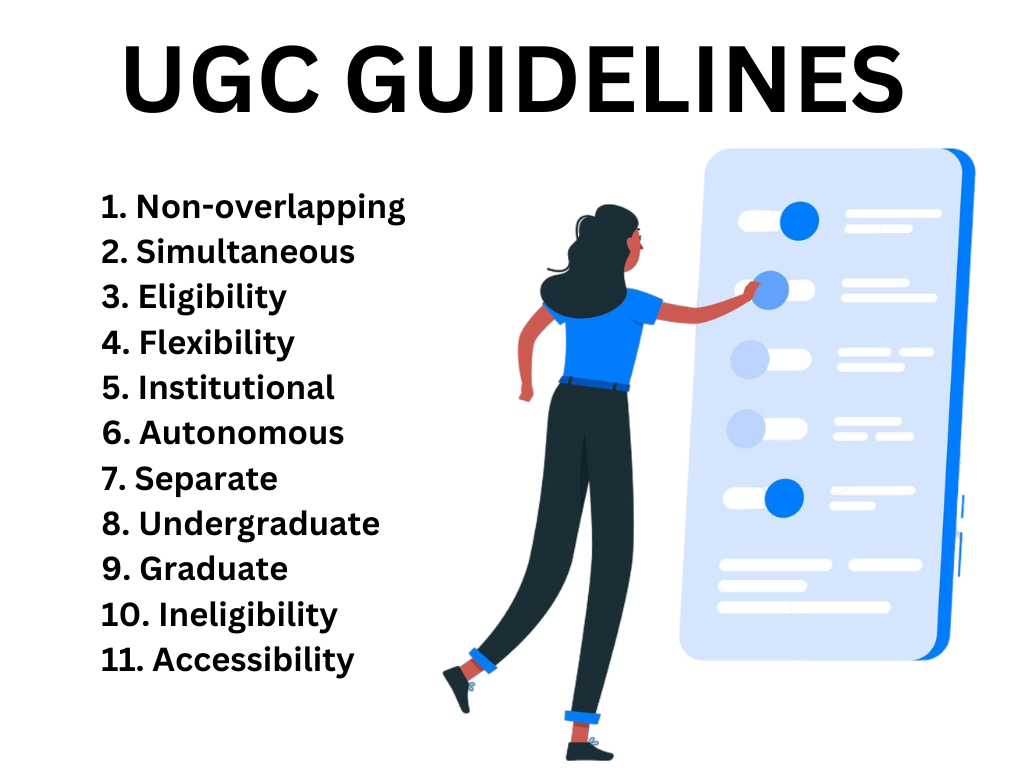
- One course program does not overlap with another course program, and the student may choose to enroll in both degree programs simultaneously.
- According to the UGC, students have to pass Class 12 before they can enroll in the first physical course, which varies from university to university .
- Students can choose to pursue their degree at two different institutions or at the same university.
- Universities decide whether or not to offer dual degree programs to their students.
- The course schedule in which the student wishes to enroll is up to them.
- Although students in this program receive two separate degrees, it is not a dual-degree course.
- Only undergraduate and graduate degree and certificate programs are eligible for this program. Students who wish to enroll in PhD or M.Phil programs not covered by this program cannot do so.
- Moreover, Jagdesh Kumar said in a video conference that “only 3% of students have access to physical campuses.”
Benefits of 2 Degrees Together in India
Pursuing two degrees simultaneously in India offers many advantages, including enhanced career prospects, broader skill sets, enhanced knowledge in various fields and thus students save time by two programs completed simultaneously, making them more competitive in the industry. It also provides great academic flexibility and opportunities to explore different fields, and fosters innovation and creativity. Additionally, students can tailor their education to specific career goals, opening the door to more career opportunities and potential income.
Difference Between Distance Education and Online Education
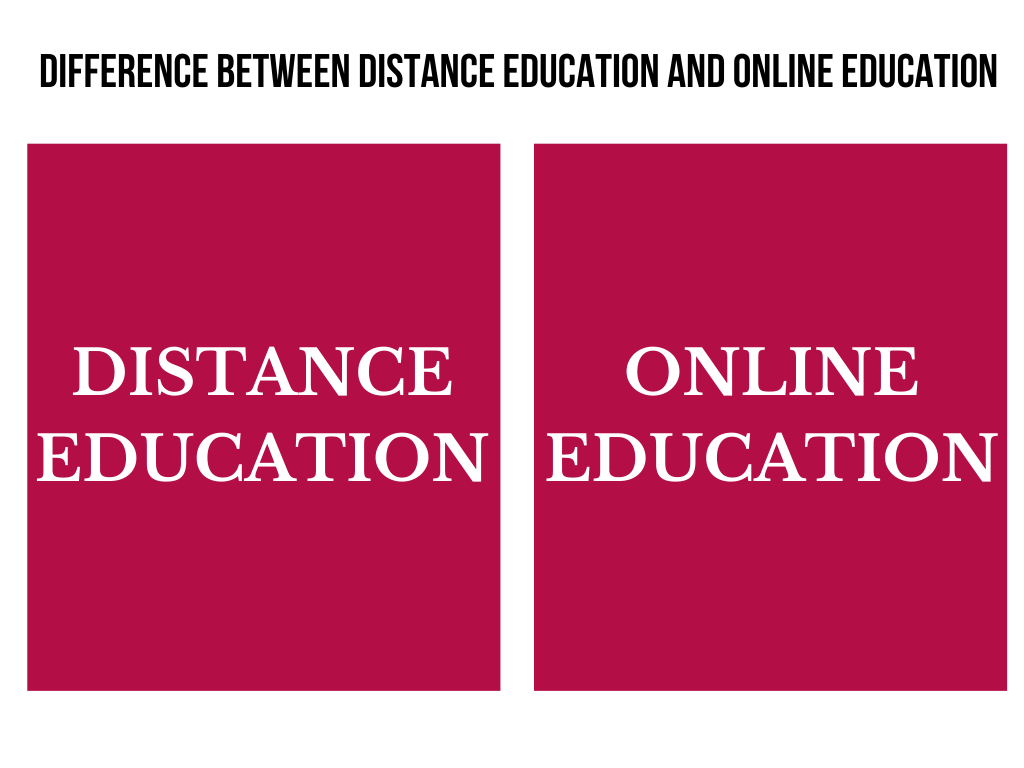
| Basis of Distinction | Distance Education | Online Education |
| Mode of Delivery | Traditionally involves correspondence courses where materials are sent to students via mail or other non-digital means. It may include physical textbooks, printed assignments, and occasional in-person meetings or exams. | Utilizes digital means to deliver course content, which can include video lectures, interactive modules and online discussions. It is entirely online, with all content and communication taking place online. |
| Interaction | Interaction is often limited and may occur through periodic mail, telephone, or occasional in-person meetings. Communication with instructors and peers is less frequent and less immediate. | It provides frequent and instant communication through chat sessions, video conferencing, chat rooms, and other digital tools. It facilitates real-time communication and collaboration. |
| Flexibility | Provides flexibility in terms of time and location but might have scheduled deadlines for assignments and exams. It is generally more self-paced, with students managing their own study schedules. | Also offers flexibility, but often includes structured schedules with live classes or sessions. It allows students to access materials and complete coursework at their convenience, though some programs may require synchronous participation. |
| Technology | May use minimal technology and relies on traditional media and methods of communication. | Depends heavily on technology, including learning management systems (LMS), multimedia resources, and digital communication tools. |
| Resources and Support | Resources are usually delivered through physical mail or pre-recorded materials, and support may be limited to occasional interactions with instructors. | Provides access to a wide range of digital resources, including interactive content, online libraries, and immediate technical support. |
What are the top distance education universities in India?
Indira Gandhi National Open University (IGNOU): As India’s largest open university, IGNOU offers a diverse range of undergraduate, postgraduate, degree and certificate courses known for its wide areas of study and the ability to reach students in remote areas.
Dr. B.R. Ambedkar Open University (BRAOU): BRAOU in Hyderabad is the leading distance education institution in South India. It offers undergraduate, postgraduate and diploma programs in a variety of fields, with an emphasis on accessibility and inclusion for students from diverse backgrounds. The university delivers educational materials through physical and digital platforms, making learning more accessible and accessible.
Sikkim Manipal University (SMU): SMU’s Directorate of Distance Education offers various programs in business, IT, health sciences etc. The university is known for its high emphasis on skill-based and knowledge-based fields. SMU offers online resources and support services to support effective learning.
University of Mumbai – Institute of Distance and Open Learning (IDOL): IDOL is known well for its distance learning programs, consisting of UG and PG courses,and some certificate courses. The university allows students to choose from traditional course materials and digital materials to upgrade the learning experience. Also, it has a strong reputation for comprehensive curriculum and student support.
Tamil Nadu Open University (TNOU): Tamil Nadu Open University has to offer a large range of UG, PG and diploma courses for students in both offline and online mediums. The university is known for its dedication to making education easily reachable to students across Tamil Nadu and beyond. TNOU uses both print and digital media to deliver its courses..
Is pursuing two degrees together valid?
Yes, there are situations in which earning two degrees at the same time is acceptable. Under the following circumstances, the University Grants Commission (UGC) of India has approved the practice of concurrently pursuing two academic programs:
Various Institutions: For each degree, students may enroll at a different institution; nevertheless, the programs should be designed so as to minimize scheduling conflicts.
Study Methods: While the other degree can be earned through online or remote learning, the first can be earned through in-person classes. This facilitates flexibility and aids in workload management.
Time management: There should be little overlap between the two degrees’ timetables. In order to complete the requirements of both programs, students must efficiently manage their time.
Acknowledgment: If degrees earned via this agreement satisfy the standards established by the participating universities and the UGC, they are acknowledged and legitimate.
Institutional Policies: Since each school may have its own regulations governing concurrent enrollment, students should review the particular policies of the institutions in question.
Conclusion
In conclusion, students who follow specific standards and efficiently manage their time can pursue two degrees concurrently, which is a legitimate and more accepted way to education. Through the utilization of various study modalities and the avoidance of scheduling conflicts, students may improve their academic credentials and expand their skill sets. This chance offers a more customizable and adaptable educational experience that may enhance professional and personal development opportunities. To successfully finish their studies, students must, however, verify the specific institutional regulations and make sure they can manage the demands of both programs.
You can also check out our related courses Online MCA from top universities india
GET FREE COUNSELING

